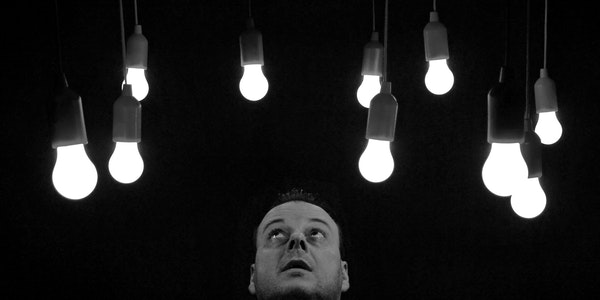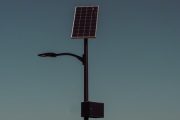1 Introduction
From the invention of the light-emitting diode in 1907 to the successful development of the blue LED in 1995, semiconductor lighting has undergone a tortuous process. This includes the “camp battle” between silicon carbide (SiC) and gallium nitride (GaN) in the development of blue LEDs. After the technical preparation for the early development of LED, it has now entered a period of rapid growth.
Due to the birth of white LEDs and the greatly improved luminous efficiency, LEDs began to enter the field of commercial lighting. At present, there are a large number of manufacturers engaged in the development and production of LED technology in the world, with different scales, and LED lighting has entered the stage of commercial application.
Based on the development experience of Hong Kong Zhenmingli Group, the author recommends two types of promising LED commercial lighting products to readers, hoping to provide readers with information on LED commercial lighting applications in a timely manner.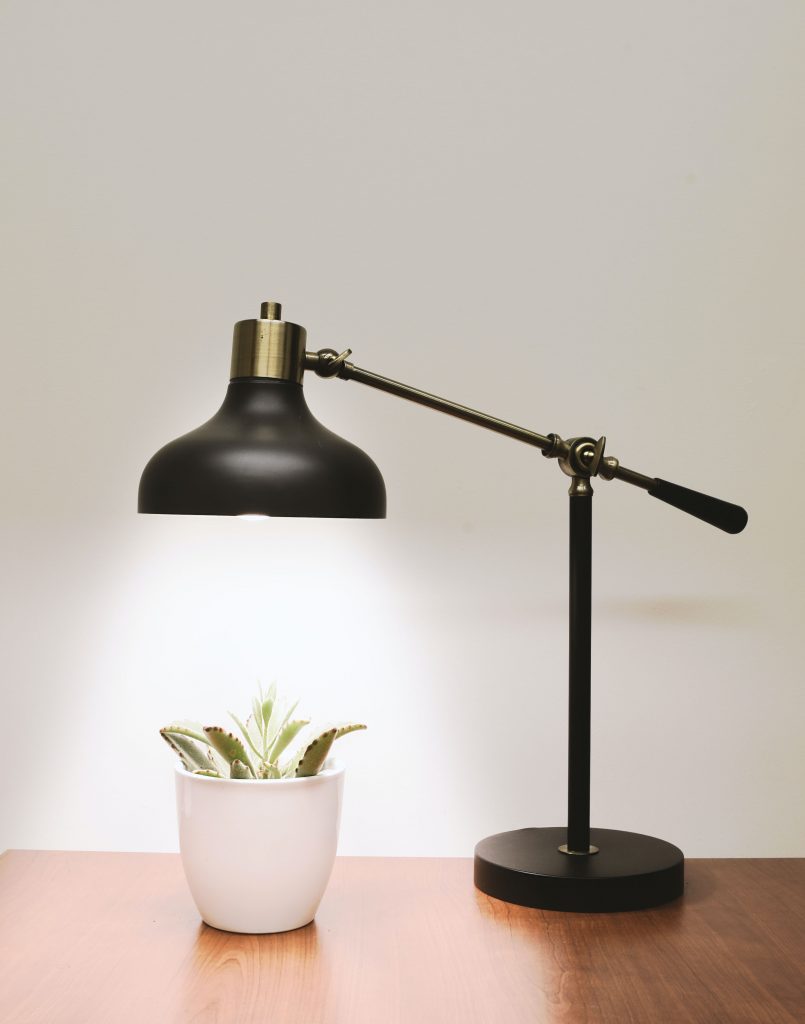
2. LED Bulb
At present, household lighting lamps are mainly incandescent lamps, fluorescent lamps and energy-saving fluorescent lamps. This article compares high-power LED bulbs with the currently commonly used household lighting sources from multiple perspectives.
2.1 Health
2.1.1 Stability of light
If the light can only guarantee the brightness but there is stroboscopic and the light is not stable enough, then such a lamp is also not ideal. When the strobe exceeds a certain range, people will have visual fatigue, and long-term visual fatigue will cause damage to the human visual system. Reading or working in this kind of lighting environment for a long time will damage the eyes and cause discomfort such as eye swelling and headache.
With the increasing popularity of computers today, many people use computers under light. Usually the strobe of the fluorescent lamp of the magnetic ballast and the frame flicker of the fluorescent screen (changing the screen 50 to 100 times per second) overlap, forming optical resonance, which is harmful to humans. The visual system hurts more.
Therefore, the European Electrotechnical Commission banned the installation of fluorescent lamps using magnetic ballasts in offices with computer screens in 1997 to protect the health of computer operators. However, our country currently has no corresponding laws and regulations, and it has not attracted people’s attention.
But with the increasing incidence of “urban lighting syndrome”, I believe it is only a matter of time before the relevant regulations are introduced. One of the advantages of LED is that there is no flicker.
2.1.2 Light quality
Since there are no ultraviolet and infrared rays in the LED spectrum, it does not produce harmful radiation, and will not have a negative impact on the human eyes. It will not cause eye pain and swelling after long reading or working.
2.1.3 Color rendering
Compared with fluorescent lamps, high-power LED lamps have a high color rendering index, usually around 80. This is beneficial to alleviate the fatigue of human eyes and is very helpful to protect eyesight. According to the above analysis, the use of high-power LED bulbs is beneficial to people’s health.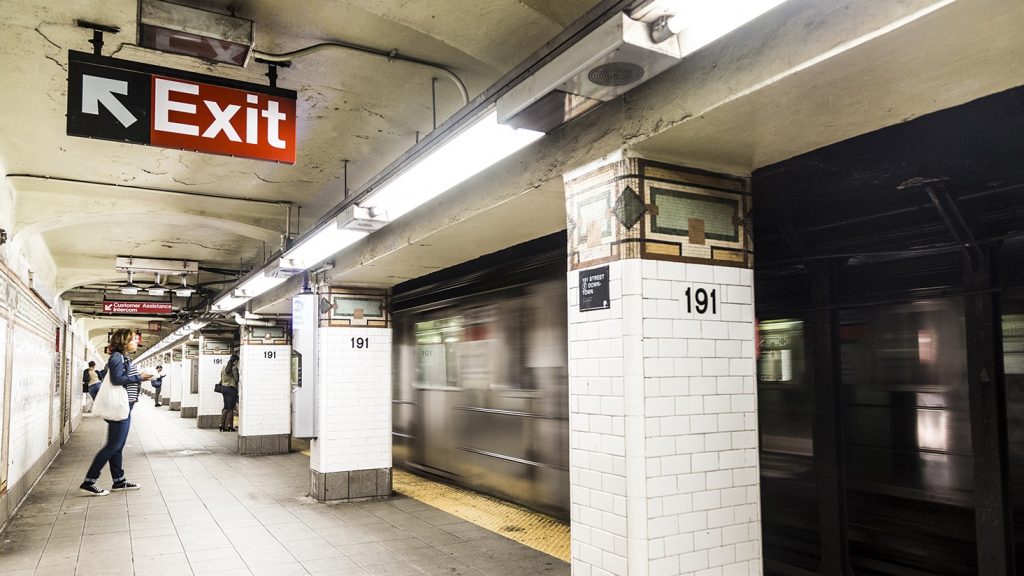
2.2 Economy
Lighting lamps made of white LEDs are energy-saving and have a long life. In order to illustrate the problem, the author compares the power saving and economic efficiency of three kinds of lamps with basically the same brightness in use. The three types of lamps are 3W white LED bulbs, 5W energy-saving fluorescent lamps and 25W incandescent bulbs.
These three types of lights are powered by 220V city power. In the calculation, 3W white LED bulbs are calculated as 5W (2W is the circuit loss), and 5W energy-saving fluorescent lamps are calculated as 7W (2W is the ballast and circuit loss).
Through the analysis, we can know that although the price of LED is more expensive, this difference in price only exists in the initial stage of investment. If you consider the entire life cycle, the cost of LED lamps is lower than incandescent lamps, but also lower than energy-saving lamps.
The difference between the three is not only the cost, but also the energy saving and the reduction of environmental pollution. If 100 million 3W white LED lights replace 25W incandescent bulbs in the country, it can save 100 billion kilowatt-hours of electricity during 50,000 hours of use, reduce coal consumption by about 36 million tons, and reduce carbon dioxide emissions by about 100 million tons.
In addition, high-power LED lights also have the advantages of strong earthquake resistance and environmental protection. Figure 1 is a high-power LED lamp developed by Hong Kong Zhenmingli Group, which can be used as home lighting.
3. LED Panel Light
LED has been used as a backlight source in key keyboards, flat panel displays and small-size liquid crystal displays. However, the application of LED as a backlight source to lighting is a new direction. Hong Kong Zhenmingli Group developed LED panel lights in 2006. The product has the following properties.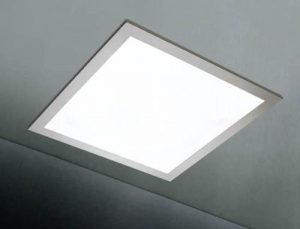
3.1 Health
In addition to the general advantages of LED lights such as no flicker of light and no harmful radiation in the spectrum, LED panel lights also have outstanding advantages such as uniform and soft light and no glare.
This type of LED panel light uses high transmittance acrylic as the light guide material, and the light source structure adopts a side-emitting type, which is modulated into a surface light source distribution through the optical design of the upper and lower sides of the light guide panel. Because the LED light source of the LED panel light is placed on the side of the panel light, it avoids it directly appearing in the field of view of the human eye, and fundamentally solves the problem of glare caused by excessive LED brightness.
In addition, since many LED light sources are modulated into planar light sources, the light of LED panel lights is more uniform and softer than common household lighting sources such as fluorescent lamps and incandescent lamps. It can be seen that the LED panel light is a healthy lighting fixture.
3.2 Aesthetics
At present, the thickness of the LED panel light does not exceed 10mm, which is convenient to install and has a beautiful appearance. It can be used as an ornament in itself. Therefore, LED panel lights are both functional and decorative lighting fixtures.
3.3 Other advantages
LED panel lights also have the advantages of energy saving, convenient installation and maintenance, and stable and reliable quality. This can save a lot of electricity and installation and maintenance costs.
From the above analysis, it can be seen that the LED panel light is a new type of green and environmentally friendly lighting. It can be widely used in lighting and advertising decoration. It can be promoted and used in homes, commercial centers, supermarkets, banks, chain stores, hotels, airports, bus stations, railway stations, bus platforms, tunnels, subway stations, trains, elevators, exhibitions and other places.
4. Conclusion
Both LED bulbs and LED panel lights have the advantages of health, energy saving and environmental protection. Today, when the energy situation is becoming increasingly severe and the life and production environment problems are becoming more prominent, energy conservation, health, and environmental protection should be the common pursuit of designers, producers and users.

